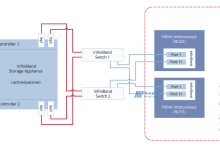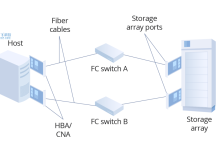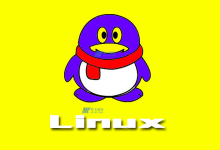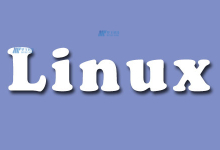Remote control is one of the most important tools used by a computer user today. It allows users to quickly and easily control various aspects of their computing experience from one easy location. But what if you don’t have access to a graphical user interface (GUI)? This is where the use of linux graphical user interface (GUI) comes in.
Using a graphical user interface with Linux is one of the simplest ways to quickly and easily access the many powerful features available with the Linux operating system. Commands can be entered quickly and accurately with a graphical interface, allowing users to effectively manage and control their systems.
The best part about using a GUI with Linux is that it’s incredibly easy to do. All that’s required is a few simple lines of code that can be rapidly adapted to create a custom interface for controlling a system. For example, suppose we wanted to remotely control a web server. We could easily do this by writing a few lines of code in a popular scripting language such as python, or any other language of choice.
First of all, we’ll need to set up a connection between the computer and the target system. This can be done by using a network protocol such as SSH or Telnet. Once the connection is established, we can start issuing commands using a suitable graphical user interface. For example, we might want to create a web page on the web server, or perhaps copy files from one place to another.
Using a graphical user interface with Linux is one of the easiest and most convenient ways to quickly access the many powerful features available with the Linux operating system. It allows users to quickly and accurately control their systems, while providing a pleasant and enjoyable experience.

 国外主机测评 - 国外VPS,国外服务器,国外云服务器,测评及优惠码
国外主机测评 - 国外VPS,国外服务器,国外云服务器,测评及优惠码












